Learn how to deploy a scalable, highly available and infra-as-code managed 3-tier web application on AWS.
In this post, I'll be using Crystalnix’s Omaha Server as an example web application but it should equally apply to any other web app you wish to deploy onto AWS.
What is Omaha Server?
An open-source implementation of Google’s Omaha update protocol, which for example powers Chrome’s automatic update mechanism. Omaha server is used by organizations large and small for products that require sophisticated update logic and advanced usage statistics.
omaha-consulting/omaha-server
Technologies
AWS CloudFormation
Amazon VPC
AWS ALB
Amazon ElastiCache (redis)
Amazon RDS (postgres)
AWS S3
Amazon ECS with EC2 launch type
and Docker.
Architecture
Here's the high-level architecture diagram of what we'll be working on.
Let’s get started and have fun learning!
1. Clone the repository from Github
$ git clone https://github.com/tuladhar/omaha-server-on-aws
 tuladhar
/
omaha-server-on-aws
tuladhar
/
omaha-server-on-aws
Learn how to deploy a scalable, highly available and infra-as-code managed web application on AWS.
2. Setup AWS credentials and environment variables
$ export AWS_PROFILE=REPLACE_ME
$ export AWS_REGION=us-east-1
$ export ENV_LABEL=omaha
$ export ENV_TYPE=nonprod
3. Deploy stack: Virtual Private Cloud (VPC)
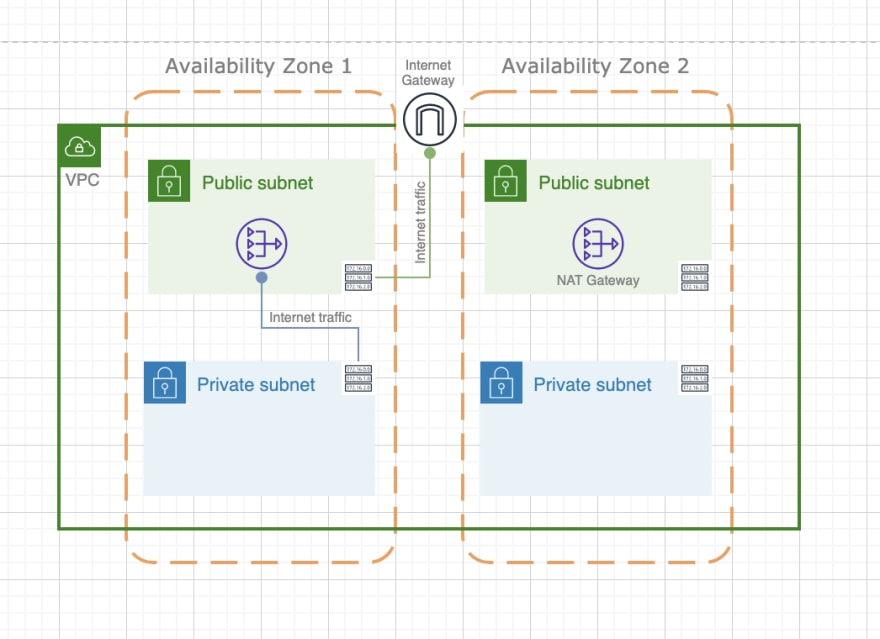 Fig: VPC with private & public subnet on AZ1 & AZ2 with Internet and NAT gateway
Fig: VPC with private & public subnet on AZ1 & AZ2 with Internet and NAT gateway
$ export SECOND_OCTET=254
$ make -C 01_NETWORK/01_VPC create-stack
4. Deploy stack: Multi-AZ Public Load-balancer
 Fig: Publicly reachable load-balancer deployed on public subnet AZ1 & AZ2
Fig: Publicly reachable load-balancer deployed on public subnet AZ1 & AZ2
$ make -C 01_NETWORK/02_ALB create-stack
5. Deploy stack: Multi-AZ ElastiCache Redis Cluster
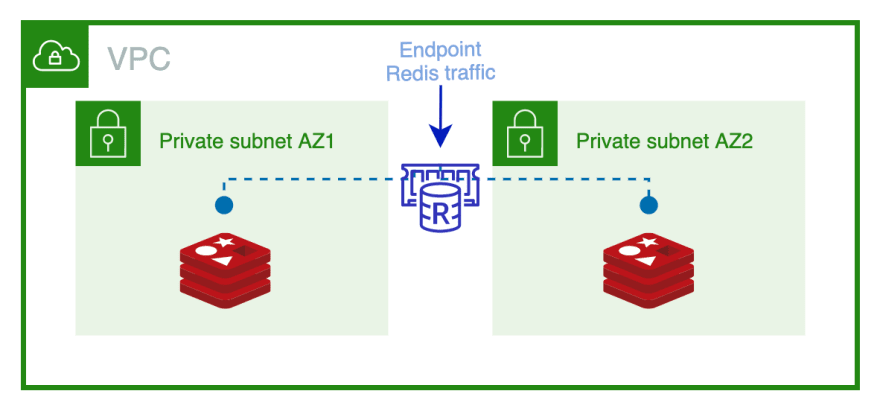 Fig: Multi-AZ ElastiCache Redis Cluster
Fig: Multi-AZ ElastiCache Redis Cluster
$ make -C 02_DATABASE/01_REDIS create-stack
 Fig: Redis CloudFormation stack
Fig: Redis CloudFormation stack
6. Deploy stack: Multi-AZ RDS (postgres) with read-replica
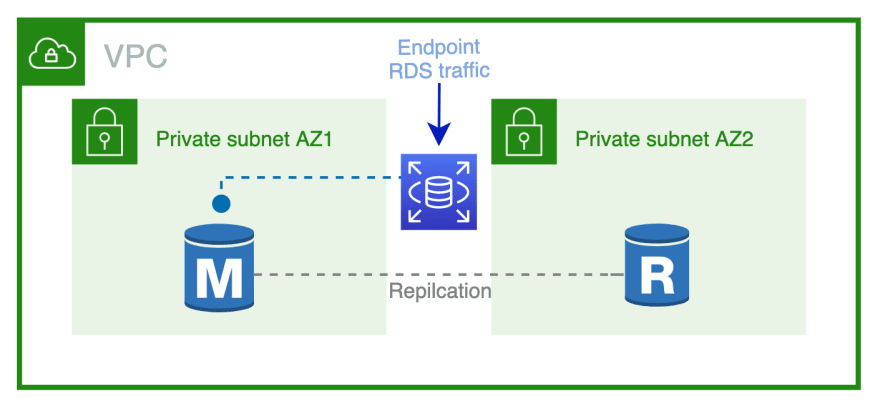 Fig: Multi-AZ RDS (postgres) with read-replica
Fig: Multi-AZ RDS (postgres) with read-replica
$ make -C 02_DATABASE/02_RDS create-stack
7. Deploy stack: S3 bucket
$ make -C 03_S3 create-stack
 Fig: S3 Bucket CloudFormation Stack
Fig: S3 Bucket CloudFormation Stack
8. Deploy stack: ECS Cluster
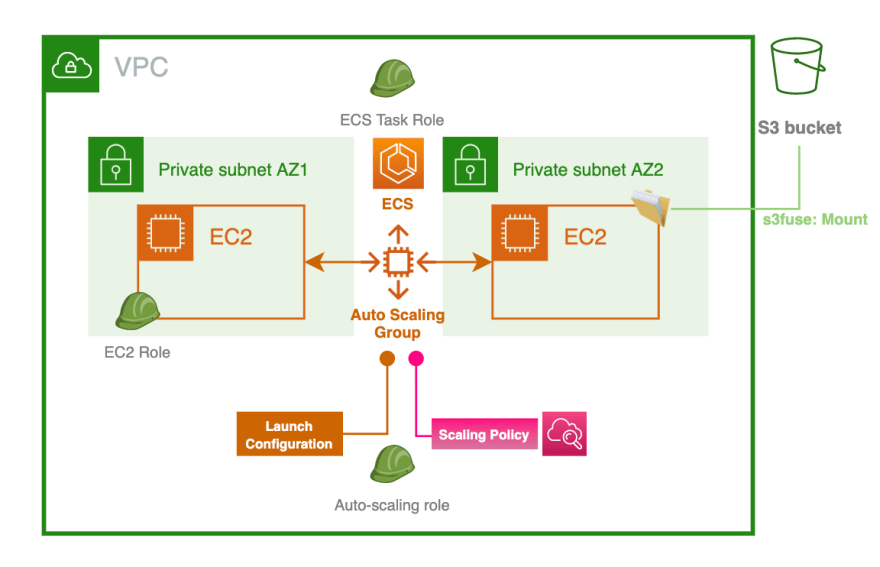 Fig: Deploy ECS cluster with EC2 launch type
Fig: Deploy ECS cluster with EC2 launch type
$ make -C 04_COMPUTE/01_ECS/01_CLUSTER create-stack
9. Deploy stack: ECS service that runs Omaha Server (Django App) container
$ make -C 04_COMPUTE/01_ECS/02_SERVICE create-stack
Demo: Omaha Server Dashboard
Conclusion
And that’s it. I hope you've enjoyed reading and learned something new.
What’s next?
Use SSM to store RDS credentials and avoid hard-coding in CloudFormation template.
Separate out the VPC subnets for stateless and stateful resources. Read about it in this blog post.

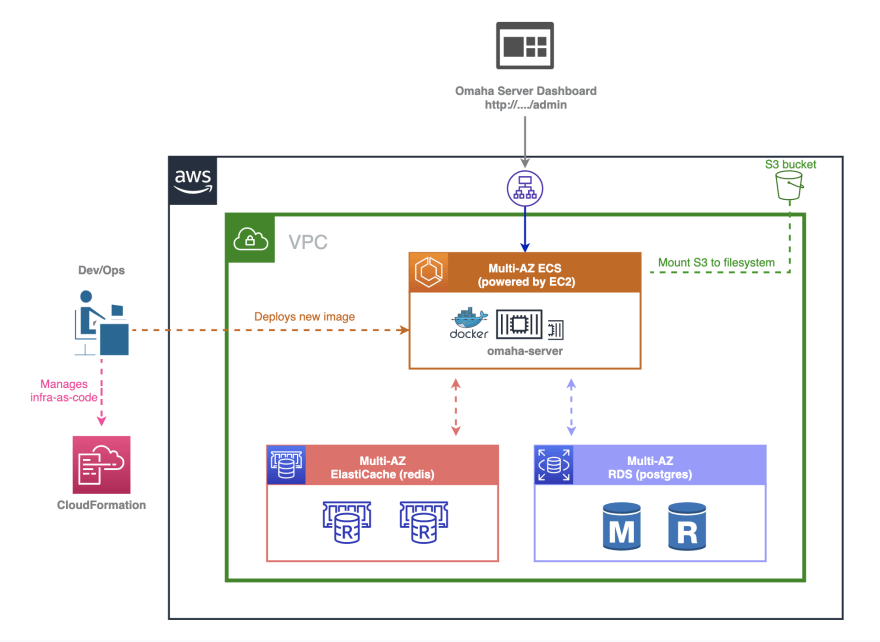











Top comments (0)